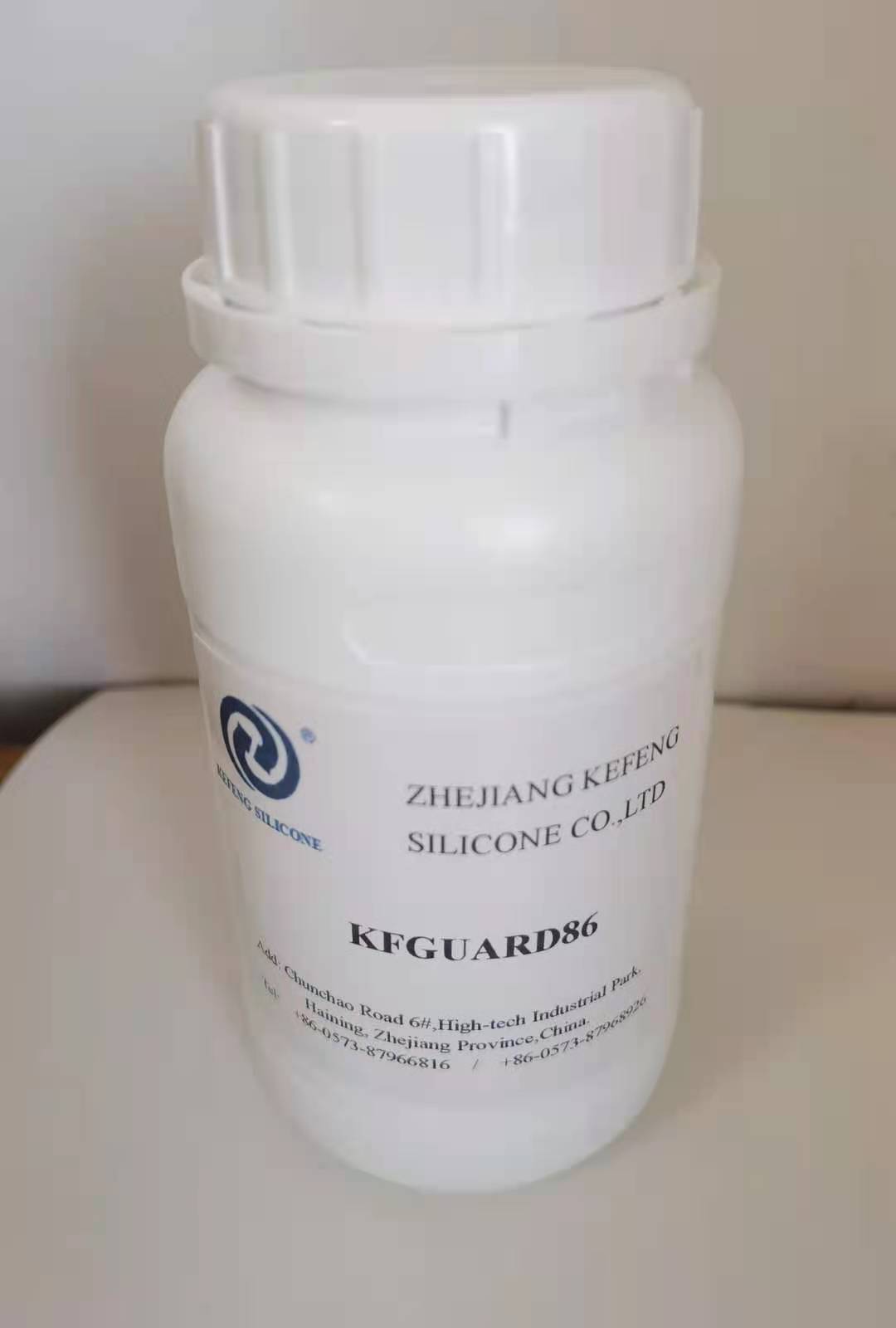

Views: 6 Author: Site Editor Publish Time: 2021-07-21 Origin: Site

Silicone oil is a liquid polymerized silicone with diporphic side chains fused to it. The main ingredient is polyimide-based siloxane. These polymers are mainly of industrial interest due to their high thermal stability, their lubricating capabilities and their anti-corrosion properties.
Silicon can be used as an additive to many polymers. But in such case, it is advisable to opt for a silicone oil as it maintains the viscosity of the composite material to a very high level. As we all know that viscosity is the measure of a material's hardness. This means that a high level of viscosity leads to a higher wear resistance and that also means that the material will resist damage faster. With a high level of viscosity, the individual polymer chains do not slip easily over each other. Therefore, they stay attached better to each other.
The best way to describe the viscosity or the solid state feature of the silicone oils is that they are liquid but do not solidify till they come into contact with other materials. In this process, they become a liquid-to-air emulsification. In terms of the emulsification process, silicone oils are used at the beginning stage and they undergo several stages. At the first stage, silicone oils are combined with non-icing fluids such as water, methanol, ethylenediamine, phenol and the like. Mixing is done with the use of a rotary or linear mixer that helps in the proper mixing of the materials.
After the mixing, the materials are heated at approximately 100 degrees Celsius and pressure is applied with the use of rotary or linear pumps. This process also involves the use of heat-tunneled or vacuum pumping machines. After the heating stage, the silicone oils are passed through aqueous solutions in order to enhance their viscosity and thereby increasing their ability of becoming a solid and slippery mass when applied on the surface of the goods.
One of the main advantages of using silicone oil for the purpose of emulsification is its viscosity. Low temperature is required to emulsify the material. The low mw is also a major factor involved in the process. The low mw of the material allows the emulsification process to take place easily. It is important to note that the lower or of the material, the more quickly it gets emulsified and the better the quality of the emulsified substances will be.
The process also involves the increase in the number of silicone oils with higher molecular weight. This increases the molecular weight of the polymer chains that make up the emulsifying agent. The number of chains increases as the temperature rises. The increased molecular weight results in the increase in the rate of which the silicone oils can pass through the emulsifying layer. The emulsification of the materials with silicone oils helps in providing a solid, slippery mass to the item, which is emulsified.
